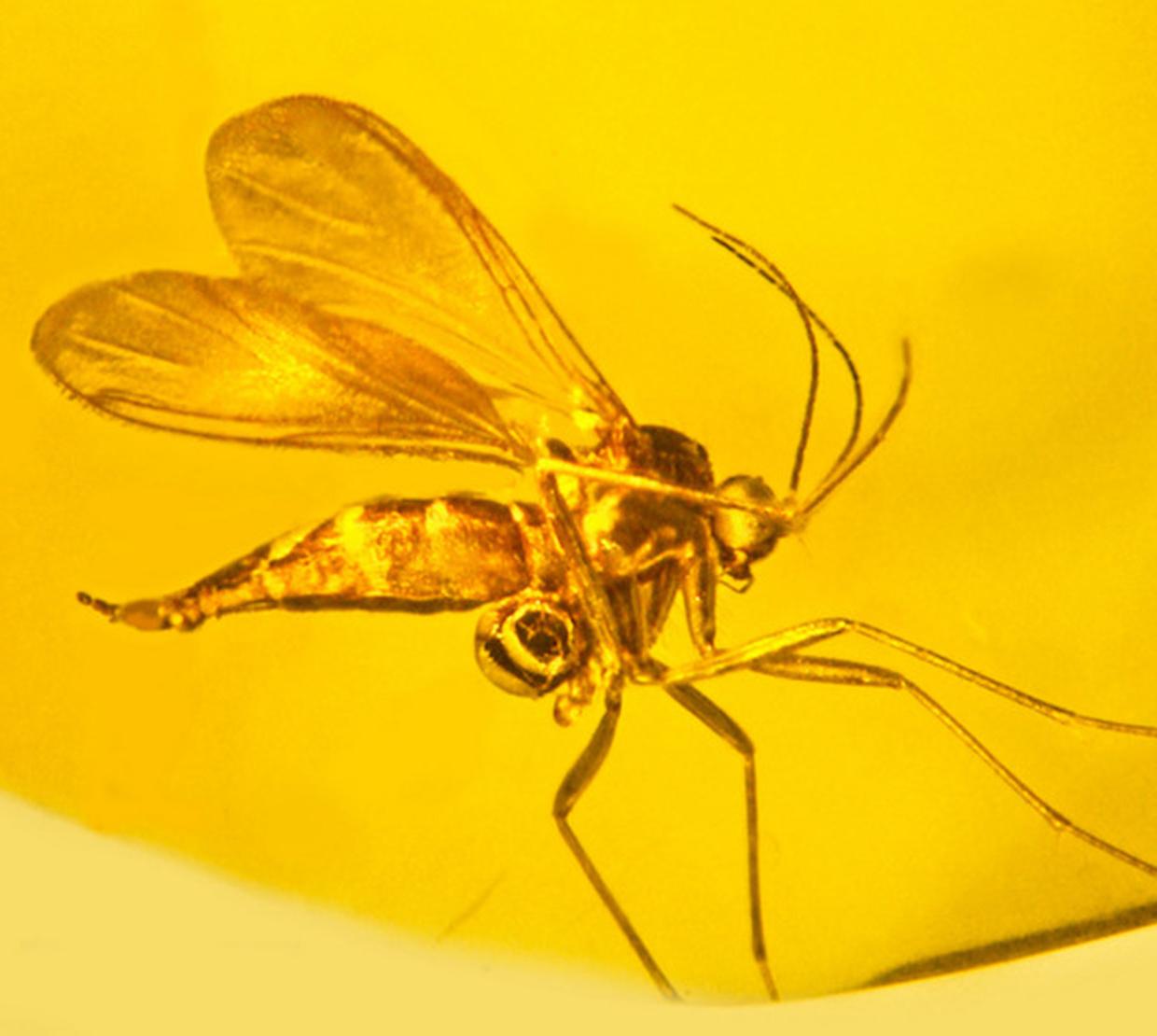Entomologist George Poinar has discovered that the microorganisms that cause malaria, leishmaniasis and a variety of other illnesses today can be traced back at least to the time of dinosaurs, according to a study of amber-preserved blood-sucking insects and ticks.
In addition to demonstrating the antiquity of vectors and their long-term association with parasitic microorganisms, the findings are remarkable for several reasons.
First, bloodsuckers like mosquitoes, fleas, sand flies, ticks and biting midges aren’t frequently found in amber, and rarer yet is evidence of any microorganisms they might have been carrying. But Poinar’s review shows that amber from five regions around the world contains hematophagous arthropods carrying preserved, identifiable pathogens and parasites.
“Feeding on vertebrate blood evolved as an efficient way for certain insects and acarines to get protein for growth and reproduction,” said Poinar, an international expert on plant and animal life forms found preserved in amber. “It’s likely that primitive mosquitoes and other arthropod vectors were present back in the Jurassic and were even transmitting pathogens at that period. This would have resulted in widely dispersed diseases, many of which were probably fatal to vertebrates when they first appeared.”




